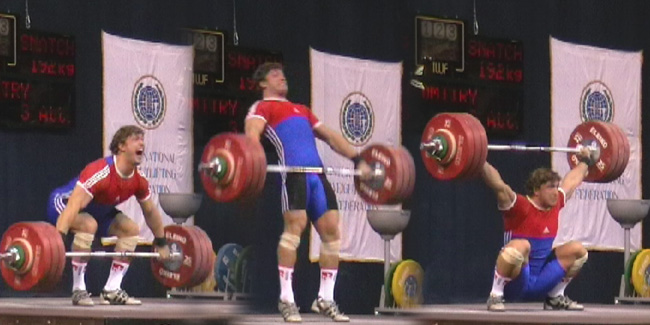When people ask, “How should I approach my training?” A good approach to follow is to train movements not muscles.
An answer like that usually results in the scratching of the head while wondering what that means. Now there’s no need to talk about how people used to move over 5000 years, we know we don’t move as much as they did before. That’s a known fact. Now we should know that our bodies aren’t meant to sit down behind the desk for most of the day at work only to go home to sit down to eat dinner, then sit on the couch before laying back down in bed to do it all over again the next day. Do you get the picture?
Now how did you feel the last time you exercised? Okay, maybe you were out of breath and felt out of shape, but I am sure after the workout you most likely felt great.
That is evidence in itself that our bodies are meant to move. You don’t need a research paper to tell you that movement is good and you should move like your ancestors did 5000 years ago.
Train Movements Not Muscles
Being a Strength and Conditioning for over 15 years and working with athletes and individuals from all walks of life, there is no huge significant difference in their training. Why? The approach to “train movements not muscles” is a holistic way of viewing movements and laying a foundation to build upon.
Below, you will learn 7 of the Basic Movement Patterns that are essential to building a functional body that is strong, moves well, and stands tall. Once you are able to perform these basic movements, feel free to find a qualified coach to teach you more advanced techniques and movements with resistance.
MOVEMENT 1: HINGE
Hinge is a common movement we use on a daily basis like when we pick up a baby or work in the yard. This movement is most likely familiar to people who have hurt their back trying to pick something up. But it’s not because the movement is dangerous, it’s because you performed the movement wrong and made your lower back do the work instead of including your hips, glutes, and hamstrings.
Exercise Examples:
- Kettlebell Deadlift
- Romanian Deadlift
- DB Clean
- Kettlebell Swing
MOVEMENT 2: SQUAT
When you sit down then stand up from a chair, you are performing a squat movement pattern. Now whether you have to use your arms to push yourself up from a seated position or you feel pain when standing up, is something that needs to be fixed. But that’s for another time.
The squat is when you plant both feet on the ground, then bend your knee and hips to lower your body down while keeping your chest up and lower back straight.
Exercise Examples:
- Goblet Squat
- Front Squat
- Back Squat
- Zercher Squat
MOVEMENT 3: LUNGE/STEP
The lunge is a single leg movement that requires one leg to step in a specific direction while the opposite leg stays stationary. Actions that involve this movement are throwing a ball or better yet a spear, hiking up a steep mountain, and stepping over large rocks. The lunge is a movement pattern that should be trained in different directions to improve balance, strength, flexibility, and mobility.
Exercise Examples:
- Reverse Lunge
- Walking Lunges
- Box Step Up
MOVEMENT 4: PUSH
Push is a movement that involves pushing objects away from your body, like a push-up. During a push-up you are pushing your body away from the ground hence why your body rises from the floor.
There are two primary directional pushes; vertical push and horizontal push. We covered a horizontal push with the example of the push-up where your body is in a horizontal position. The vertical push is when you have a box in your hand and need to place it overhead on a shelf or perform a shoulder press with dumbbell.
Exercise Examples:
Horizontal Push
- Push up
- Bench Press
- Standing Chest Press
Vertical Push
- Barbell Overhead Press
- Dumbbell Overhead Press
- Handstand
MOVEMENT 5: PULL
The opposite of Push is Pull. Pull is a movement that involves pulling objects toward your body like when you pull someone in to give a hug or pulling water with your hands to propel yourself forward to catch a wave.
Like the Push, there are two primary directional pulls; vertical and horizontal. For exercise, Pull is a movement that many neglect which results in bad posture. For instance, if you spend most of your days working at a desk and on the computer, Pulling movements will help counter the strain you place on the anterior (the front) of your body which involves much of the pushing muscles.
Exercise Examples:
Horizontal Pull
- Single Arm Dumbbell Row (Vide0 above)
- Inverted Row
- Barbell Row
Vertical Push
- Pull-up
- Chin-up
- Lat Pulldown
MOVEMENT 6: ROTATION
This movement is different from the others. The movements we shared so far work in two planes of motion known as sagittal and frontal plane (front to back and side to side). Rotational and twisting movements work in the third plane of motion, the transverse plane.
Rotational movements are great for thoracic mobility and core stability and strength. Rotation also adds a bit of spice to the other movements such as lunging forward and twisting to grab something on the floor in front of you or stepping forward to throw a ball. The biggest problem for most gym goers is the lack of rotational exercises being performed.
Within the rotational movement, there are two main types: rotational and anti-rotational. Rotational exercises involve that motion of twisting while anti-rotational exercises involve the body resisting rotation such as when you perform the Palloff Press, one of my favorite
Exercise Examples:
Rotation
- Russian Twist
- Rotational Palloff
- Landmine Rotations
Anti-rotation
- Palloff Press
- Side Plank
- Bird-Dog
MOVEMENT 7: GAIT
The act of walking, jogging, or sprinting is called Gait. Depending on the amount of force and energy used during a Gait will indicate which activity you are doing. Gait is the most frequently used movement in our daily lives, whether we are walking to go to the bathroom, or running around the house trying to catch our kids or pets. Gait can require a combination of movements like pulling, lunging, and twisting motions to propel the body forward. So in that case, at The KŪ Project we view jumping and crawling as part of the Gait movement. Think of all the movements that are happening within this Sandbag Crawl Combo
As mentioned at the beginning of this article, these 7 Basic Movements create the foundation of all exercises you come across. Our bodies are meant to move in various ways and dimensions yet many of the exercises you see in a typical gym fixate the individual in a specific movement pattern.
By focusing on the concept of training movements and not muscles, you are able to look at exercise from a different perspective. A more holistic perspective. I hope you found this helpful. As always, feel free to reach out to me if you have any questions.



